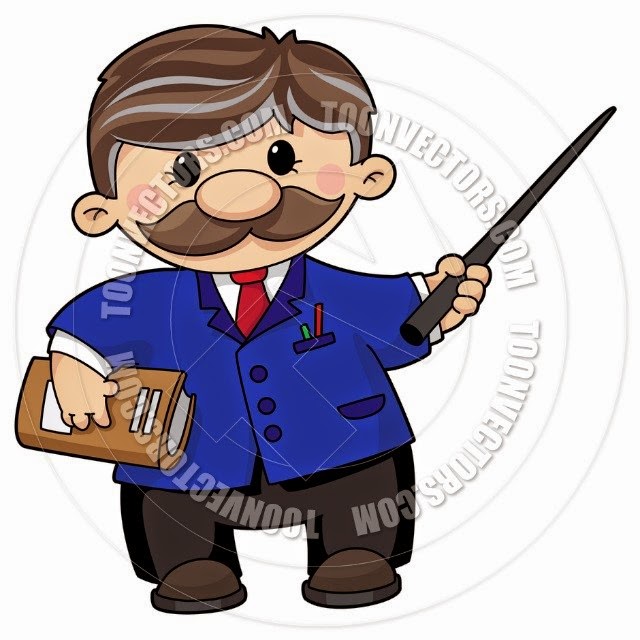I then created several lightning bolt objects that have varied speeds but use the same path. This is a quick walkthrough of the first level. If the player is hit by the lightning bolts they are sent back to the start of the level.
In level 3 I decided on a simple maze design. My initial idea was to have the player search a maze for particular collectables such as wire cutters and then chase a moving bomb around the maze to try and defuse it. I could not make this work however as when the player collided with the moving bomb, if they got the maths question wrong then I wanted the bomb to move off in the opposite direction. I couldn't figure out how to do this and the result was when the bomb collided with the player they got stuck together and neither could move. I decided instead to have a moving bomb that the player could not interact with and when the player found the wire cutters the moving bomb would change to a regular bomb and become defusable. This is the Game Maker code for the wire cutter object.
- The event is a collision with the BrainBox object which is the main character object.
- First it destroys the Wire Cutter object.
- Then it displays a message that congratulates the player and tells them that they Moving Bomb is now defusable.
- It then changes the Moving Bomb object into the normal Bomb object.
- Finally it ends the path of the new Bomb object, making it stop altogether.
For levels 2 and 4 I used lightning bolts with varying speeds. This meant that for each individual lightning bolt I had to create an individual object. This led to me creating about 10 different lightning bolt objects that had varying speeds. This is not ideal as it clogs up the object list and creates unnecessary assets that increase the file size and slow down the loading speed.
In level 3 there is a bug where one of the Teacher Enemies gets stuck and fidgets back and forth.
For the final level I did some concept designs for the final boss BrainBoss. He is an evil genius and is not dissimilar to the main character. I started thinking that maybe the main antagonist could be some distant relation to BrainBox himself, such as another bomb defusal robot that went rogue. Here are some of the concept designs for BrainBoss.
 |
| Jetpack Design |
 |
| Walker Design |
 |
| Main Bomb Design |
These are
some concept sketches made in Adobe Illustrator of what the last level of my
game will be. It is a boss level where you come up against the main antagonist
BrainBoss.
1. Player Spawn: this is where the
player starts
2. Keys: the player must navigate the
maze to find three keys
3. Doors: the keys are used to open up
these three doors to get to the boss
4. BrainBoss: the player then has to
answer several maths questions in succession to defeat the boss.
Below is an alternate version of this level
where the player has to collect wire cutters and answer three maths questions
to defuse each of the three bombs to get to the boss.–– 





















